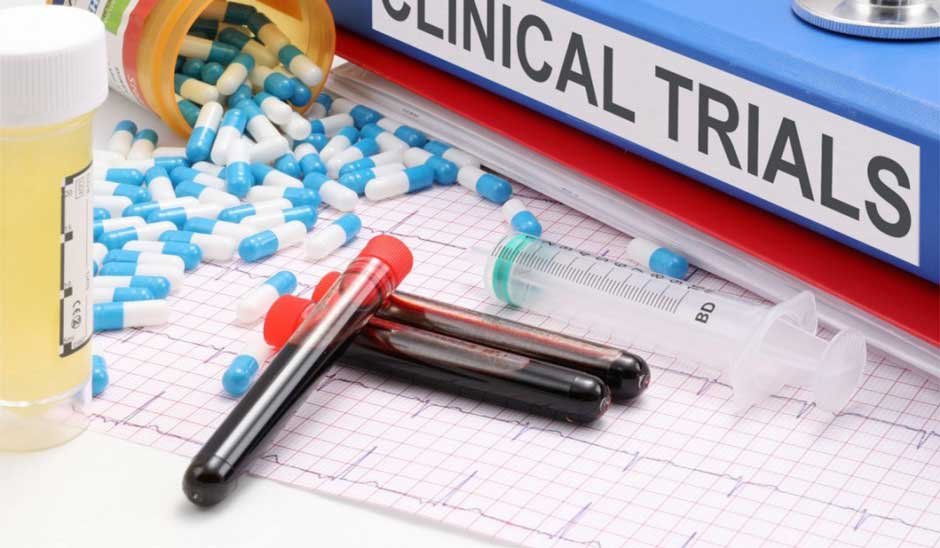In recent times, clinical trials and methods have noted a notable evolution. The latest technologies have led to enhanced modes for research, strategies, and different techniques across the entire management of clinical trials and in-site monitoring and management.
Furthermore, the latest set of regulations and various other external factors resulted in the transitions across the different approaches to clinical trials. For example, the limitations incorporated during the COVID-19 pandemic with social distancing have affected the ability to carry out in-person research and monitoring work at the sites for investigations. Instead, numerous studies have undertaken remote or centralized approaches toward clinical monitoring.
As an outcome, there are numerous ways in which clinical trials are monitored, ensuring the safety parameters are in place. The investigators and sponsors are choosing the ever-growing adaptive approaches made toward designing and monitoring clinical trials conducted by Contract Research Organizations (CROs) for Oncology & Hematology, dermatology, ophthalmology, and many rare diseases.
The Importance of Clinical Trial Monitoring
Clinical monitoring is a highly essential feature in clinical trials since it helps ensure that the trial is conducted following the protocol, good clinical practice, and the standard operating process guidelines. It is the procedure involving the constant review and validation of the documentation of studies involved in maintaining the integrity of data and ensuring the safety of patients. The closer inspection made towards the trial with the help of the effective issues are identified at the onset enabling the instant intervention and mitigating the risks.
The Safety Monitoring Parameters in Clinical Trials
The parameters of safety in times for clinical trials comprise numerous protocols and measures that are designed to evaluate and manage the safety of every participant in the trials. These are the parameters for the identification and reducing the potential risks that are connected to the intervention and the investigational products. The proper monitoring of safety is a constant procedure that starts during the planning phases for the trial extending throughout this timeline.
Pre-Trial Analysis
Before the onset of the clinical trial, the researchers can start to conduct complete evaluations for the assessment of the safety profiles of the product of investigation. These pre-trial evaluations comprise comprehensive literature reviews, consultations, and the preclinical studies meeting the regulatory authorities. The activities can effectively assist in identifying the possible risks and establishing robust baseline safety measures that are required for the monitoring involved in the trial.
Informed Consent Process
One of the key principles involved with clinical research is to get informed participant consent. In this informed process to get consent, the researchers offer key details related to the trial, including the aim, process, possible risks, and perks. Participants stay informed regarding the safety monitoring measures in order with the rights related to the safety-related concerns. Getting informed consent can help ensure that the participants stay aware of the possible risks connected to the trial, making informed decisions related to the participation.
Adverse Event Reporting
The adverse event reported is related to the intricate process of safety monitoring across clinical trials with the help of the Contract Research Organization (CRO). The AE or adverse event is ungeared towards medical occurrences in the participant, irrespective of the connections related to the investigational products. In the trial, the participants are intricately monitored towards the instances related to adverse events that get reported and documented based on predefined regulations. The on-time and precise reporting of the adverse events allows the researchers to evaluate the seriousness, casualties, and possible impacts on the safety of every participant.
Data Safety Monitoring Boards (DSMBs)
The DSMBs or Data Safety Monitoring Boards stays as an independent committee that stays responsible for monitoring the safety and possibility of clinical trials. The reviews are based on DSMB interim data at the possible intervals for the evaluation of the progress of the trial, making recommendations related to the continuity, changes, and termination of the safety concerns. The board comprises professionals who are related to the fields, including clinical research, biostatistics, and ethics, offering impartial assessments related to the trial data.
Protocol Deviations and Violations
Following the trial protocols with the help of CROs is important to maintain the integrity of the study to ensure the safety of the participants. The deviations from protocols take place whenever the trial conduct deviates from the predefined needs for protocol. Although a few deviations are smaller with less impact on data or safety integrity where the others are notable and in need of corrective measure implementations. Monitoring and addressing such protocol deviations timely are key to maintaining the validity of trial outcomes to ensure the safety of the participants.
Safety Endpoint Evaluations
The safety endpoints are the predefined outcomes that get used for the assessment of the safety profile of the investigational product. The endpoints include distinctive side events, abnormalities in the laboratory, or clinical measures that indicate safety concerns. The safety endpoint evaluations comprise monitoring the participants for the occurrence of predefined safety events along with the assessment of data to determine the effect of the participant safety and investigational products.
Risk Management Plans
The RMPs or risk management plans are an extensive set of documents outlining the key strategies to identify, assess, and mitigate the risks of the investigational product. The RMPs are created based on the assessments involved in pre-trial, know profiles for the safety of products, and the requirements for regulations. The plan involves measures like strategies involved with risk minimization, communication plans to disseminate safety details to the stakeholders, and pharmacovigilance activities.
Conclusion
Clinical monitoring involves major processes playing a key role in the successful execution of these clinical trials. The key responsibilities involving the clinical trial team stay interconnected, contributing to the data integrity and the safety of the participants.

